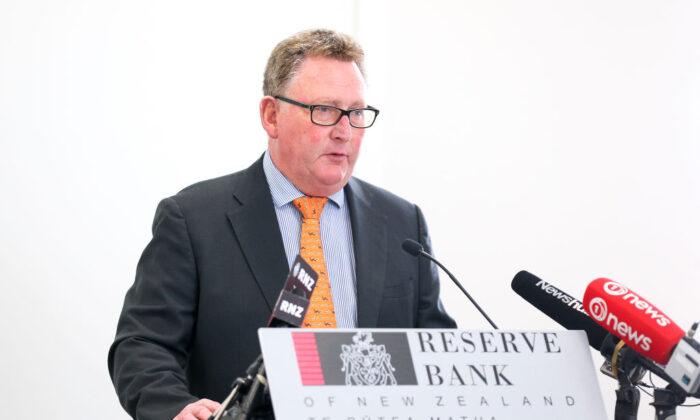The Reserve Bank of New Zealand (RBNZ) made its fifth consecutive 50 basis point hike, raising the cash rate to 3.5 percent.
The monetary policy committee had considered raising the official cash rate (OCR) by 75 basis points to combat 32-year high inflation of 7.3 percent, before ultimately agreeing that a 50 basis point increase was appropriate.
Some members of the committee argued that a larger increase would reduce the likelihood of a higher OCR peak in the future.
The committee highlighted that global interest rates and higher risk aversion had placed downward pressure on the New Zealand dollar.
The New Zealand dollar current stands at US 57 cents, down from US 72 cents in October 2021.
“A lower New Zealand dollar, if sustained, poses further upside risk to inflation over the forecast horizon,” the committee said.
In the domestic economy, cost pressures and labour scarcity remained the two primary concerns for businesses.
“The committee agreed that the labour market remains very tight. Net migration remains negative and is yet to provide any sustained recovery in external labour supply,” they said.
ANZ senior economist Miles Workman said data suggests monetary tightening was yet to get the traction it needed to get high core inflation down quickly.
At the same time, he noted that the global outlook seemed to be growing more fragile by the day.
“There are plausible scenarios, in short, with a nasty combo of higher-than-expected global inflation at the same time as lower-than-expected global growth, that make the appropriate policy response a matter of debate here too,” Workman said.

More Household Mortgage Pain
Kelvin Davidson, senior economist for CoreLogic NZ, said mortgage rates had yet to peak, particularly if the Reserve Bank needed to increase the OCR beyond four percent next year.“From a borrower’s perspective, clearly the increases in mortgage rates over the past year or so have produced considerable challenges, let alone any further rises in the coming period,” he said. “However, it’s also worth pointing out that there may be less to fear around the ‘refinancing wave’ than was previously thought.”
In June 2021, 66 percent of existing fixed mortgages were due to reprice within a 12-month period, a figure that has now fallen to 44 percent.
“That’s the lowest share since March 2018 and, if anything, below ‘normal,’” Davidson said.
Kiwibank Chief Economist Jarrod Kerr said mortgage interest rates had already doubled, from around 2.5 percent in early 2021 to 6 percent, equivalent to $24,000 (US$13,800) more in interest payments for a mortgage of $800,000.
He added that the hawkish monetary policy statement could suggest the risk of the current tightening cycle peaking at 4.5 percent instead of the previous prediction of 4 percent.
It comes after the Reserve Bank of Australia began to slow its tightening cycle, raising its cash rate by 0.25 percent to 2.6 percent on Oct. 4.





